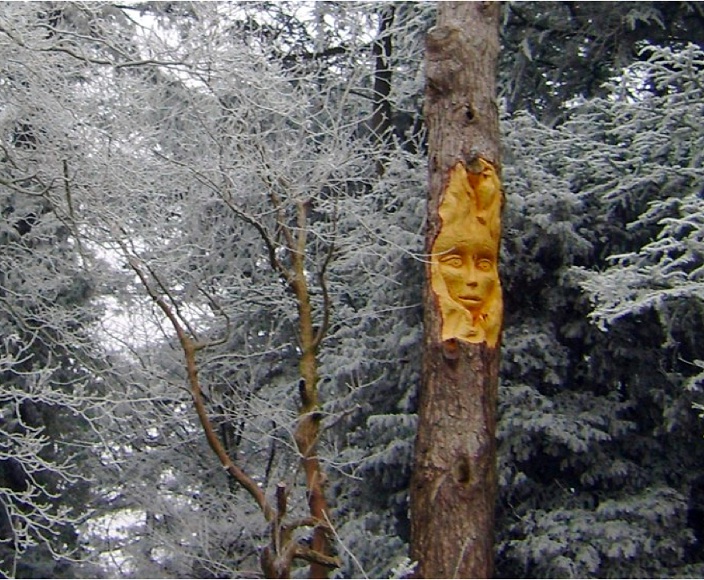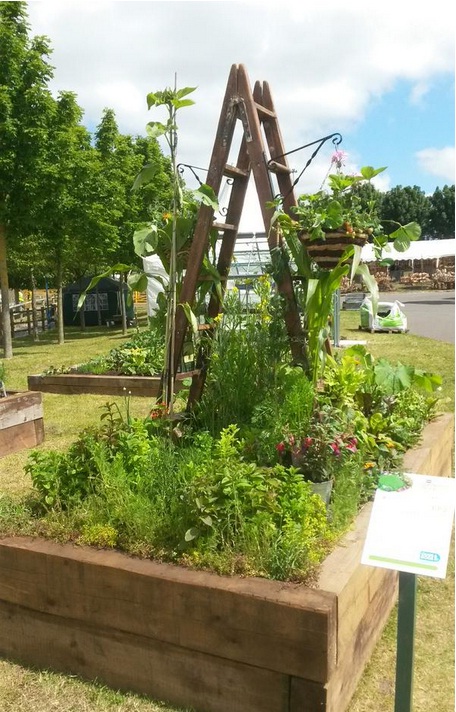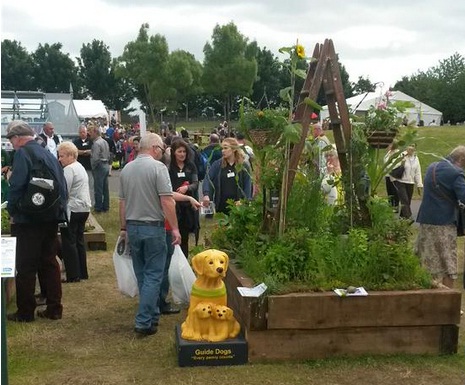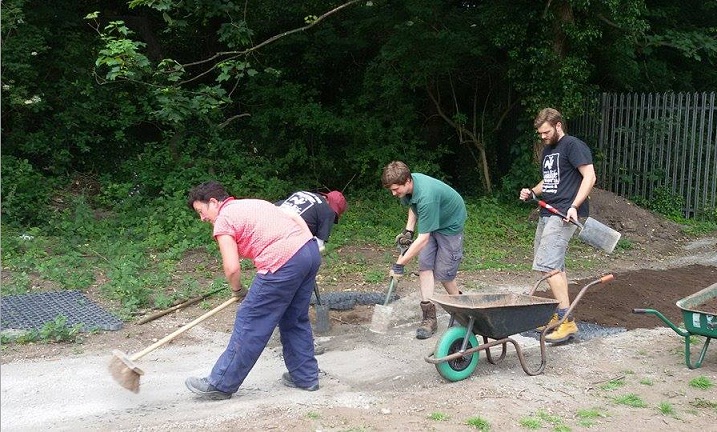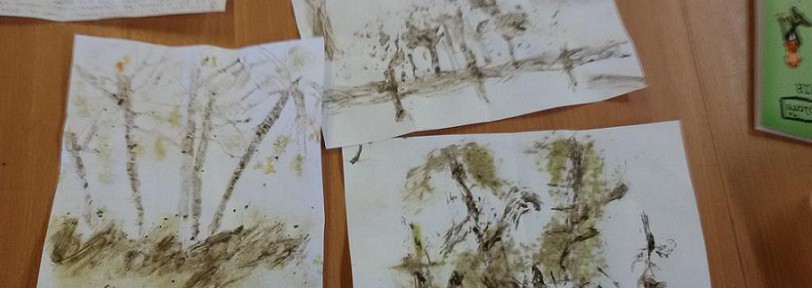
June has flown by in a mix of planting, meetings, training and of course, Gardener’s World Live. My month started with a busy day with the rangers, planting over 100 wildflowers in an area of forest that had been semi-cleared to promote biodiversity. The next day I attended a Birmingham Open Spaces Forum (BOSF) coffee morning at Perry Hall Park, which was an opportunity for me to visit another one of Birmingham’s 571 parks, see how their orchard, planted recently with The Urban Orchard Project, is doing, and catch up with one of my mentors. Later that week I travelled down to London to carry out John Muir Award leader training at TCV’s Railway Fields site in Haringey. The John Muir Award is an environmental award that encourages people to connect with natural places through a scheme which involves the fulfillment of four challenges; discover a wild place, explore this place, conserve it and then share experiences. We undertook training to be able to deliver this award, with this delivery being developed around work that we are already doing with groups. This means that the volunteers we work with in the Health for Life Programme could gain a recognised award which celebrates their achievements. We had a really great day, with most of the training taking place outdoors trying out the sorts of activities that can be used to help people connect with, explore and conserve nature, and sharing these experiences. For example, to explore a wild place, we split into pairs and sat back-to-back, with one person describing the scene in front of them and the other painting this scene on a piece of paper using only things they found around them, such as mud, sticks, moss, and leaves. It was also good to catch up with the other trainees and find out how their placements are going. We tried to help each other out with problems we had come up against and talked about the second half of our placements and what sort of projects we might do.
I attended my second Friends of Ley Hill meeting as I wanted to discuss with them my project idea; a tree walk and foraging walk around Ley Hill Park. There are a couple of established tree walks in Birmingham, at Cannon Hill Park and Ward End Park, however the foraging walk would be the first of its kind in Birmingham and would act as a pilot for future foraging walks within Birmingham green spaces. The tree walk would point out interesting, unusual, rare and significant native and non-native trees and a leaflet would be produced with pictures to help with identification. The foraging walk would demonstrate the multitude of edible plants within Ley Hill Park and provide suggestions for their use. Activity days could be run in conjunction with the production of these leaflets, such as tree identification with school or university students, and a foraging day and cooking workshop showing how edible plants can be used to make food and drinks. The Friends of Ley Hill seemed enthusiastic about my suggestions, as they have wanted a tree walk within their park for many years. Work on this project will occupy a part of my time for the next six months, the second half of my placement, and I look forward to getting stuck into it.
Now onto Gardener’s World Live. The Health for Life in the Community programme produced an edible patch, which was one of four such patches designed to demonstrate the kinds of plants that people can grow in their own gardens. The Health for Life patch was bursting with plants, a green explosion accented by colourful edible flowers such as nasturtiums, marigolds, and cornflowers, designed to show the abundance of food that can be grown within a small inner-city garden. I spent the Friday standing by the patch to answer questions about the plants that we had used, how we had created the patch and the community groups who had helped grow the plants as part of the Health for Life programme. The public voted for their favourite patch by putting a penny into a Guide Dogs for the Blind collection tin, with our patch just losing out to a “stir-fry” themed patch. At the end of the show, most of the other display gardens sold off their plants to the public, but we took all of ours to go back into our community gardens, so that they can be used and enjoyed by the volunteers who helped grow them.
I also attended the BOSF Annual General Meeting. The AGM brought together all of the people that BOSF connects with, including Friends groups, charities, members of the Parks department, representatives from the grounds maintenance contractors, and Active Parks leaders. There were talks from people including Councillors and the head of parks, and other people had the opportunity to speak briefly during “just a minute” speakers corners. I was put forward to speak about who I am, what the Natural Networks programme is and what I have been doing in Birmingham with TCV and the parks ranger service, all within one minute! It was interesting to meet everyone who has been brought together by BOSF, and good to see how influential and important BOSF has become, with the council taking notice and wanting to be involved with them.
Finally I have been continuing to work on the Birmingham In Bloom portfolio, and a couple of weeks ago visited Moseley Bog to take pictures of a volunteer session there. Our previous Volunteering Officer is now working for the Birmingham and Black Country Wildlife Trust, who manage Moseley Bog, an historic and important site, rich in biodiversity and also heritage, as it has been linked to Tolkien. Showing the work that organisations such as the Wildlife Trust do with volunteer groups is important to demonstrate within the portfolio as it shows how communities engage with nature throughout the year and also displays the abundant culture and history of Birmingham’s green spaces.
The Birmingham In Bloom national judging will be occurring in July and we are hoping to win Gold again. July will also include lots of events such as the family festival CoCo Mad, as well as other parks open days and celebrations. Watch this space for more updates!

